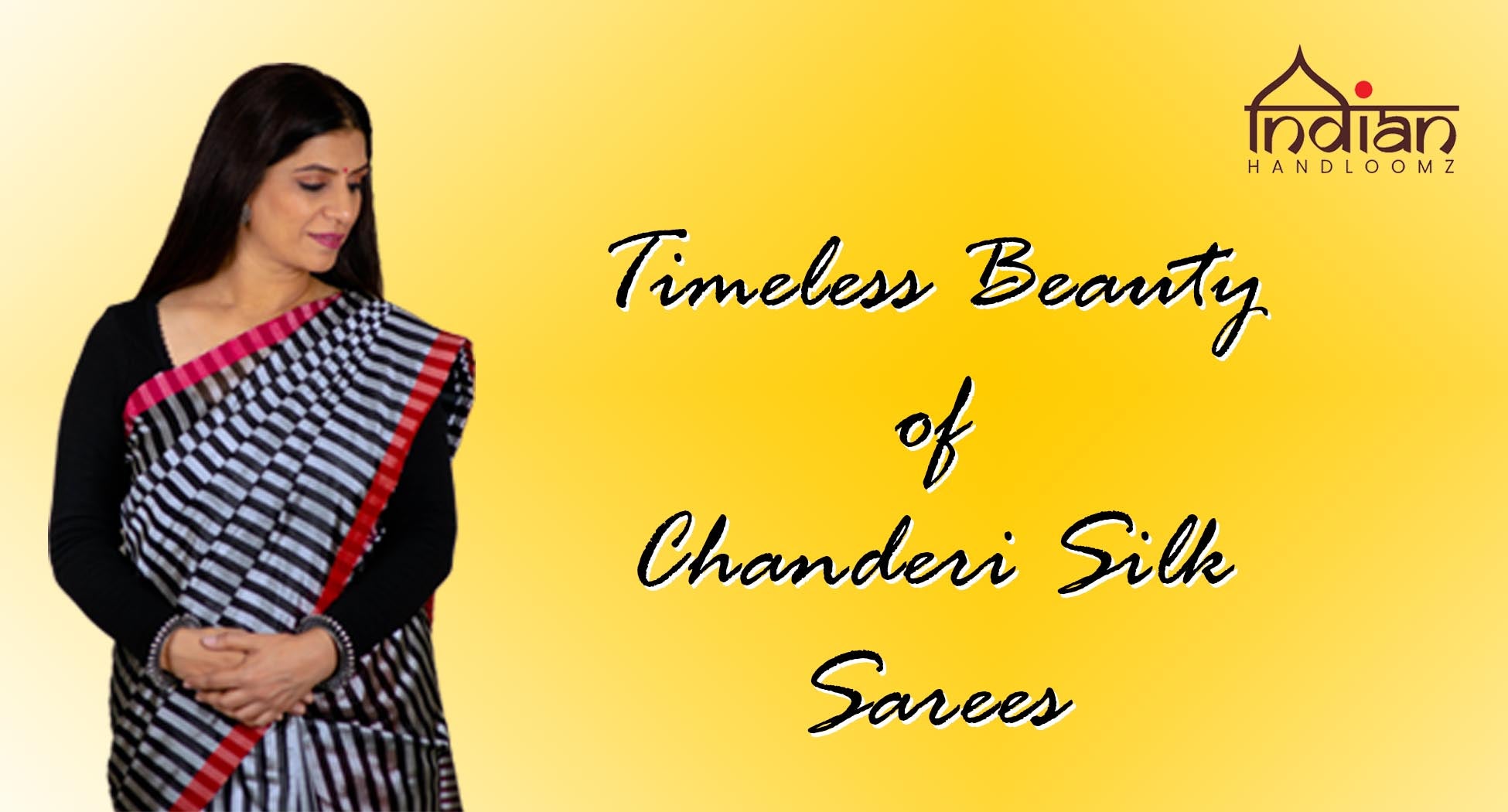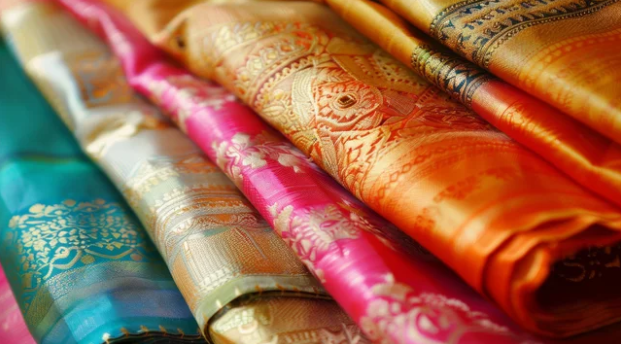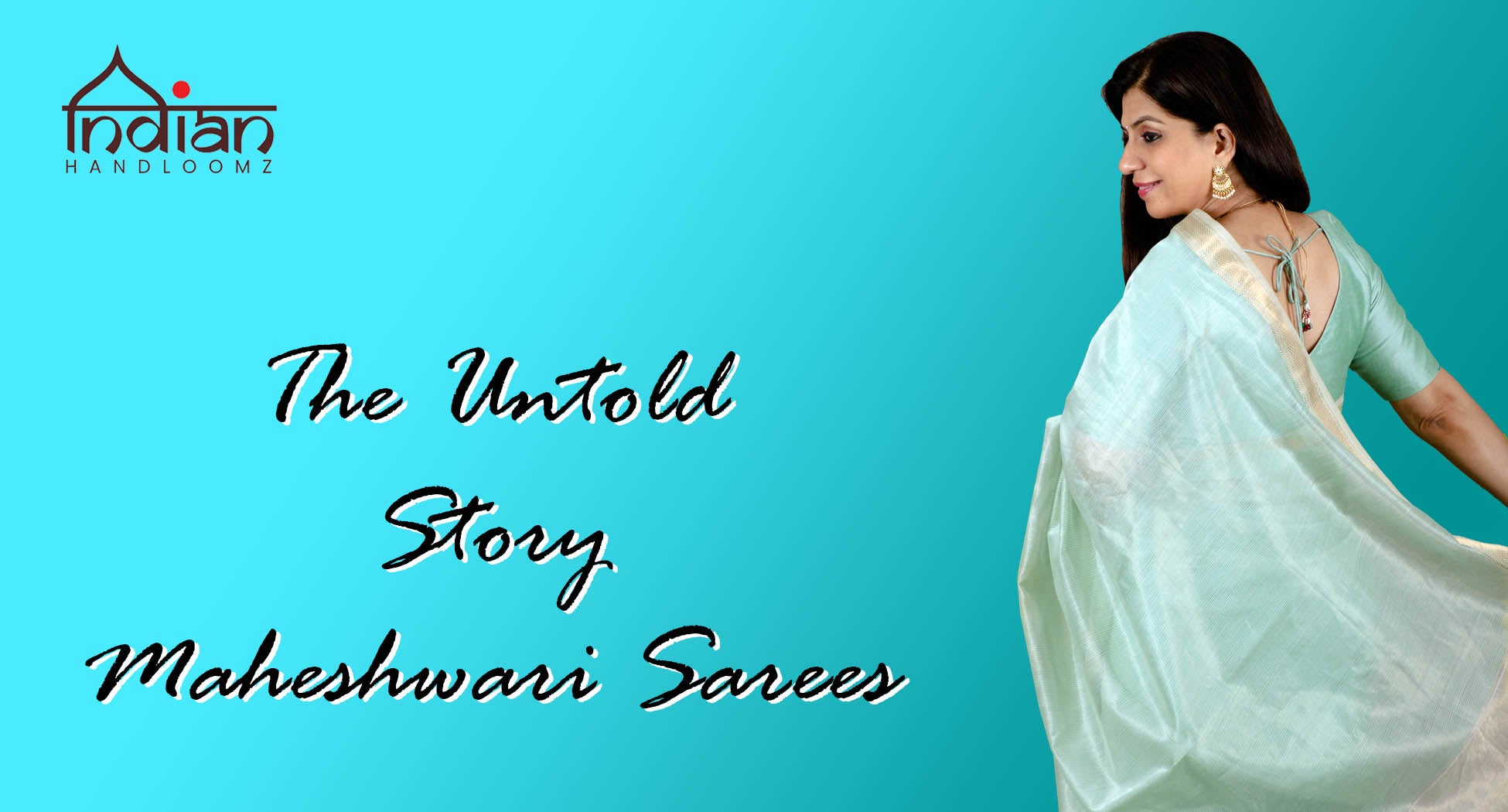
Timeless Beauty of Chanderi Silk Sarees
Tired of wearing the same old silk sari for every performance? While it is true that a traditional silk sari never loses its charm and beauty, why not choose a completely different fabric for your new sari dress. Chanderi sarees traditionally come from a small place in Madhya Pradesh called Chanderi and are now gaining popularity across India thanks to their intricate designs. Nine Meters of Surprise has always been everyone's favorite clothes. Chanderi is purely influenced by the silk fabrics or sarees of Chanderi, which are quite famous among the saree lovers of our country. Saree is known for its sophisticated beauty, unique texture, transparent qualities, lightness, colors and intricate patterns. Chanderi silk sarees have been called "woven air" due to their fragile structure and translucent appearance.
Location :
Chanderi's production has been preserved from India as a geographical indication. Chanderi is a small town located in the Vindhyachal mountain ranges near the Betwa River. Located in Ashoknagar district in Madhya Pradesh, Chanderi is known for its historical heritage and thrives with intense economic activity due to its strategic location in central India. Chanderi is the city of looms. The highest concentration of looms or bunker colony is located in the oldest part of the city known as "Bahar sheher" or out-of-town. You can easily hear the echo of work frames while exploring Chanderi's neighborhoods. Those expecting Chanderi also sponsored weaving. It was as if they knew that the fate of Chanderi is associated with the fate of the cloth they are woven.
History :
The history of Chanderi silk sarees seems to be linked to the history of Chanderi. It is said that Chanderi saris are mentioned in the Mahabharata period of the Vedic period. Whether the pearl-embroidered sarees mention the Mahabharata which indicates Chanderi sarees is a matter of debate and discussion, but the history of Chanderi Saree can be traced back to the 13th or 14th century AD. The Mughal period saw the golden period of weaving in Chanderi. There is an interesting story that says that once a part of Chanderi woven cloth was packed in a small bamboo cavity near Emperor Akbar. When the cloth was removed and exposed, the emperor was surprised to learn that this cloth could cover an elephant as well! Chanderi was a land known for the production of fine or muslin. The Maharani of Baroda also sponsored the Chanderi plot. It is said that she could recognize the beauty of the cloth by rubbing it on the cheeks and paying the weavers accordingly. High-quality Chanderi turban was produced exclusively for the Maratha rulers. Traditionally Chanderi products were famous as Dhakai Muslins and sometimes even better. Originally, Chanderi cloths were hand-held cotton warp and weft. But with the advent of the Industrial Revolution, the British imported cheaper cotton from Manchester and destroyed the Chanderi product market. With this, weavers use it as a warp using silk. Chanderi is still famous for its handloom. Chanderi saris influenced the women of India. Not only sarees but also Chanderi are now producing high-quality suits and dupattas.
Making Process :
The fabric is made of the den, which is warp or long, a long set of threads through which the bana or weave is woven back and forth.
Chanderi saree is woven on a loom by hand with the use of butis or design needles on cloth. Earlier, for weaving a saree, two weavers had to sit together. But nowadays, after the introduction of a fly shuttle loom, a person can weave a sari. The weaver is the community that does the actual weaving and lives largely on a subsistence level. Weavers purchase raw materials such as silk or cotton yarn from master weavers. They are primarily responsible for taking all orders and executing them.
There are 3600 looms active in Chanderi and women participate actively in weaving.
This stems from the fact that weavers should keep their hands soft. Women whose hands are naturally soft therefore are not allowed to do household chores out of fear that their hands will become stiff! Chanderi sarees are produced with three types of fabrics: pure silk, Chanderi cotton and silk cotton. The most common patterns found on traditional sarees are coins, floral art, peacock and geometric designs. A saree takes about ten days or more depending on the complexity of the design. The cost of sarees and materials also depends on the design. Chanderi silk sarees itself shows the experience of the weavers and hard work in the production of beautiful silk fabrics. Like most Indian handicrafts and handlooms in India, sarees and Chanderi fabrics are also a community-led event. The weaving of Chanderi saree is not just the production of clothes. It is also part of keeping ancient traditions alive.



Leave a comment
This site is protected by hCaptcha and the hCaptcha Privacy Policy and Terms of Service apply.